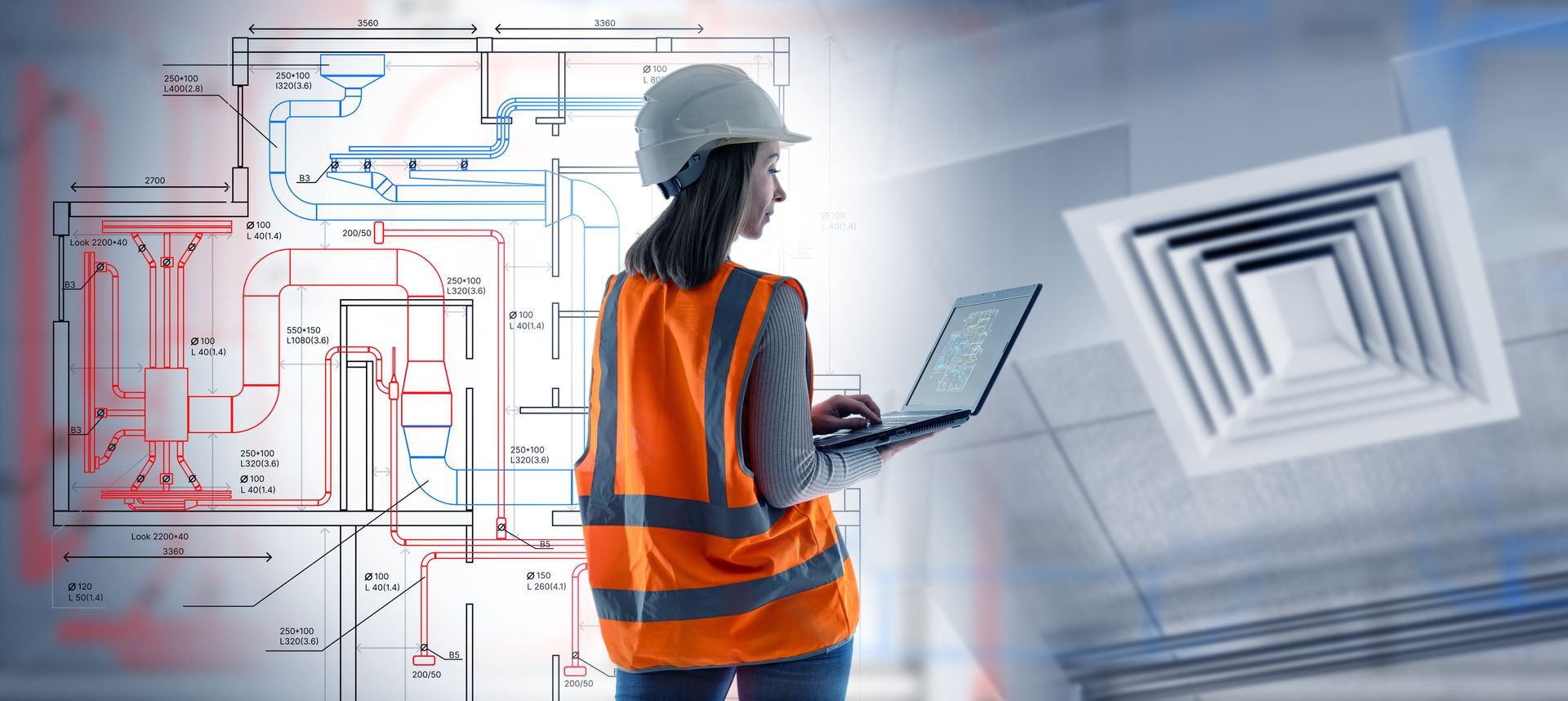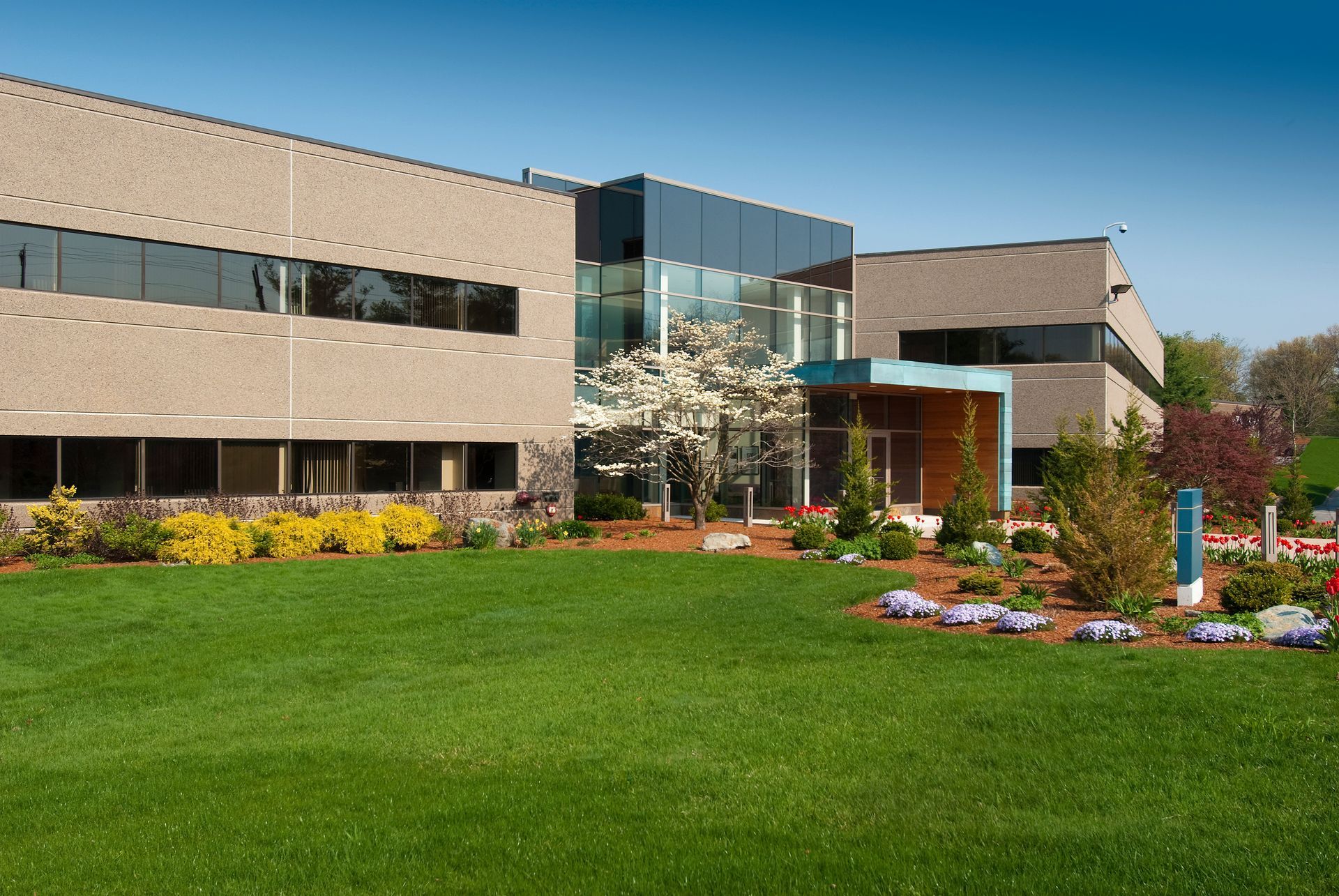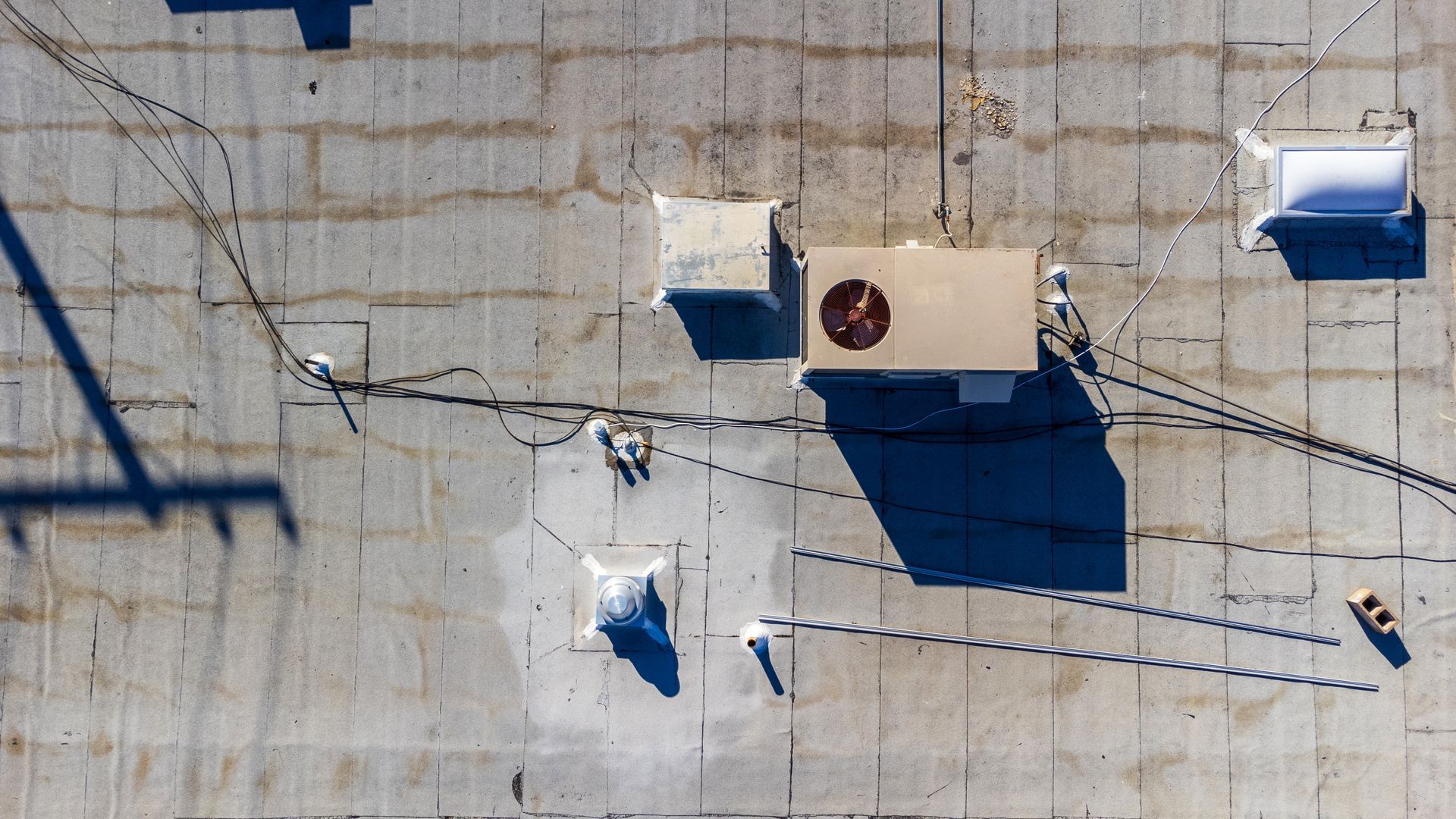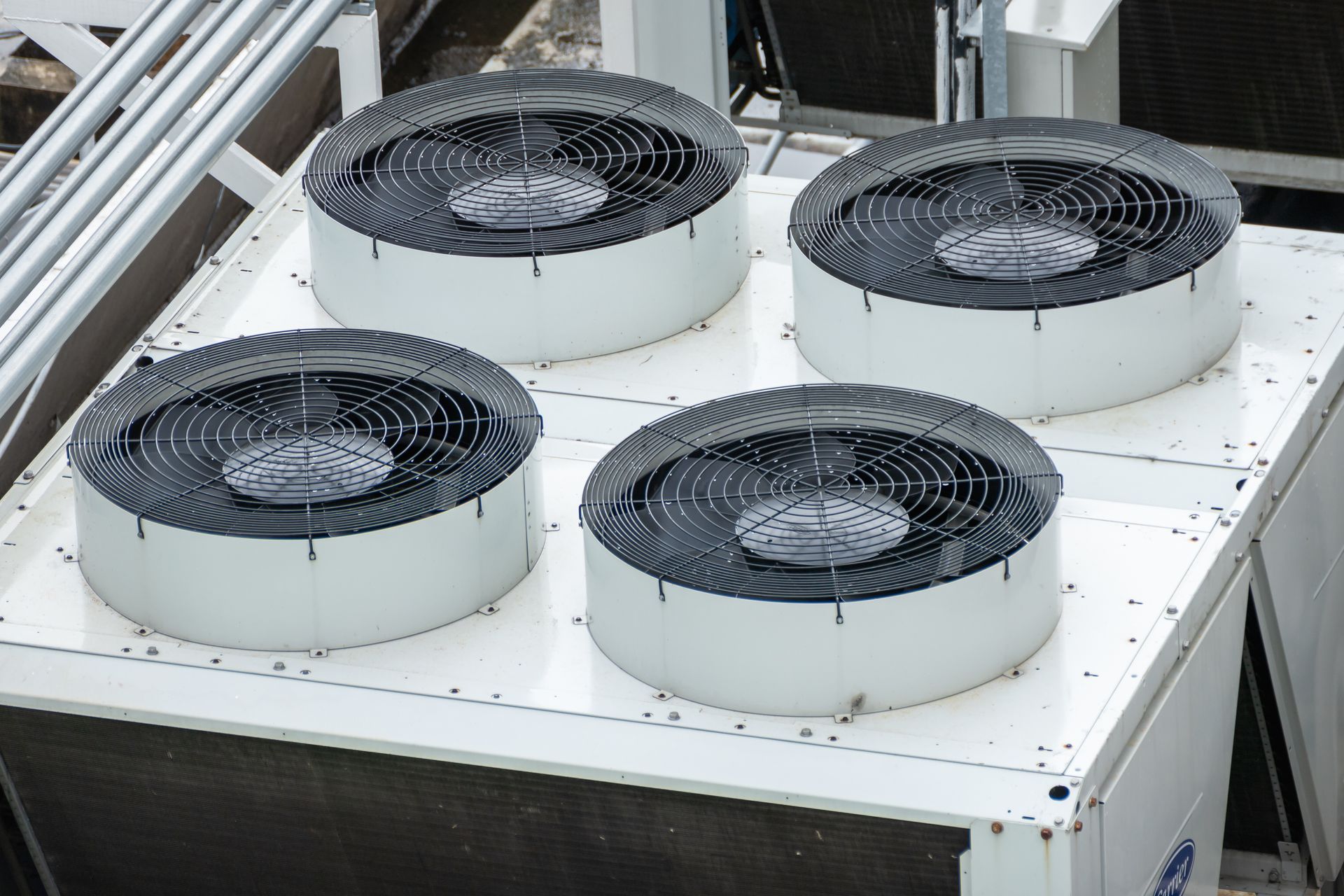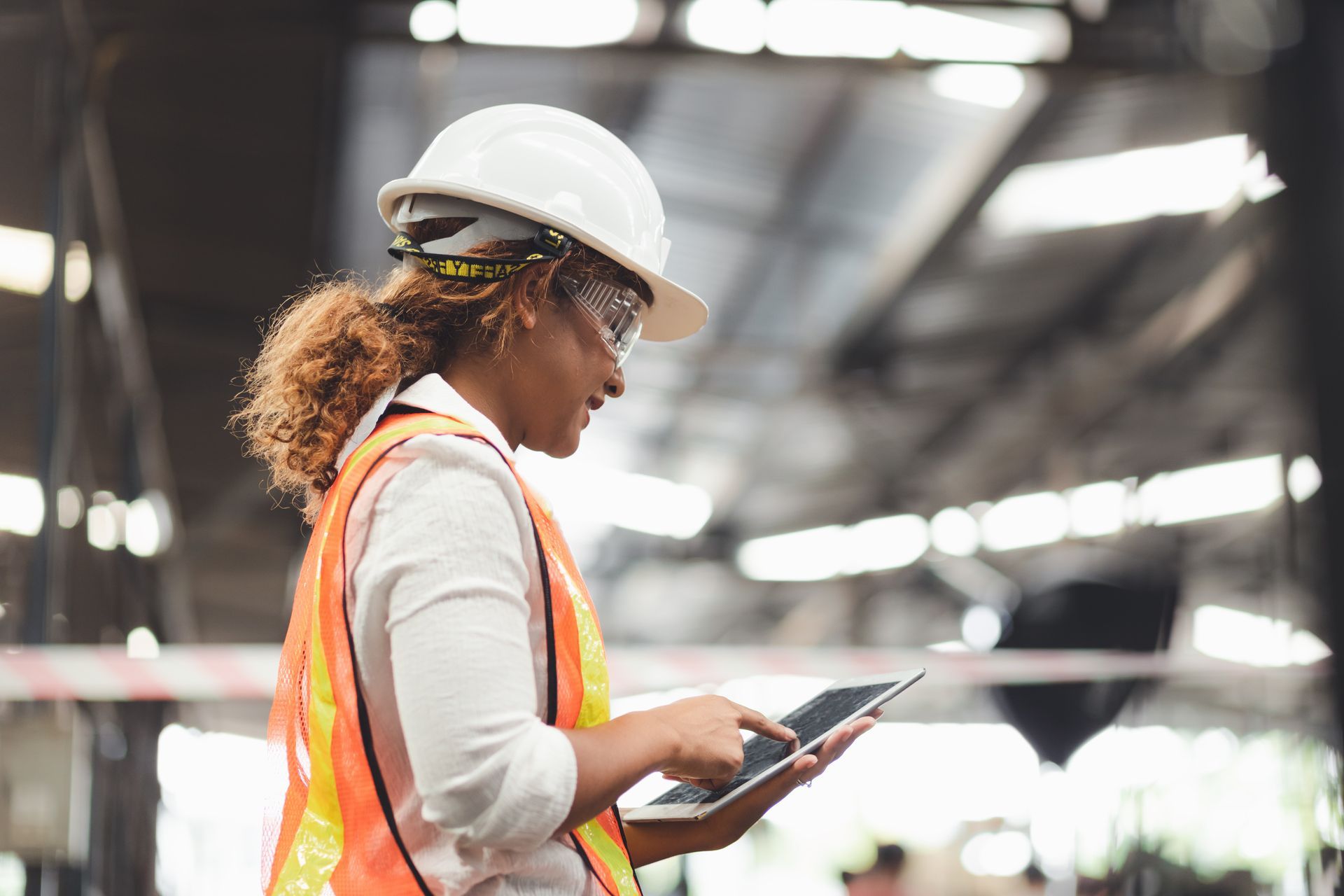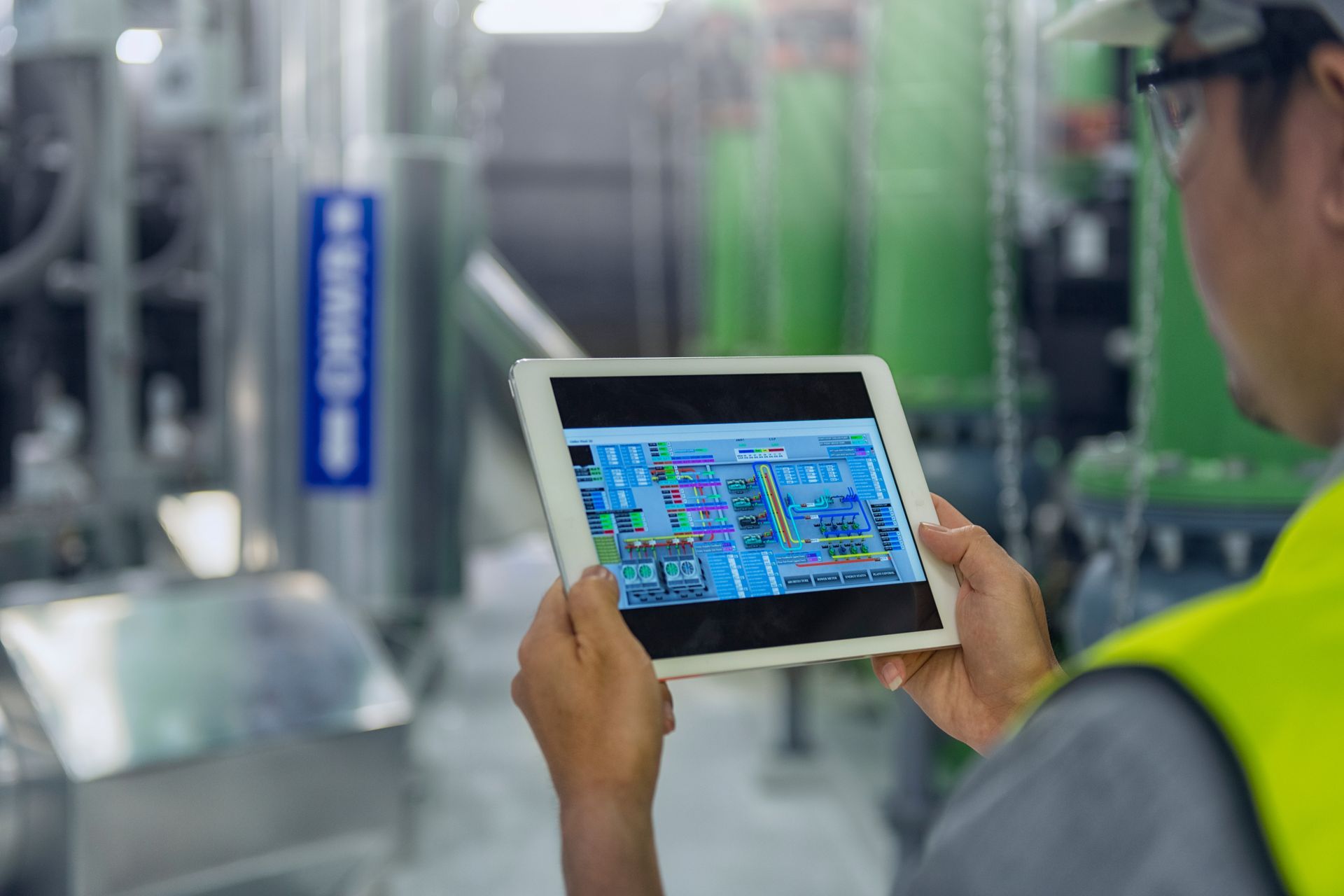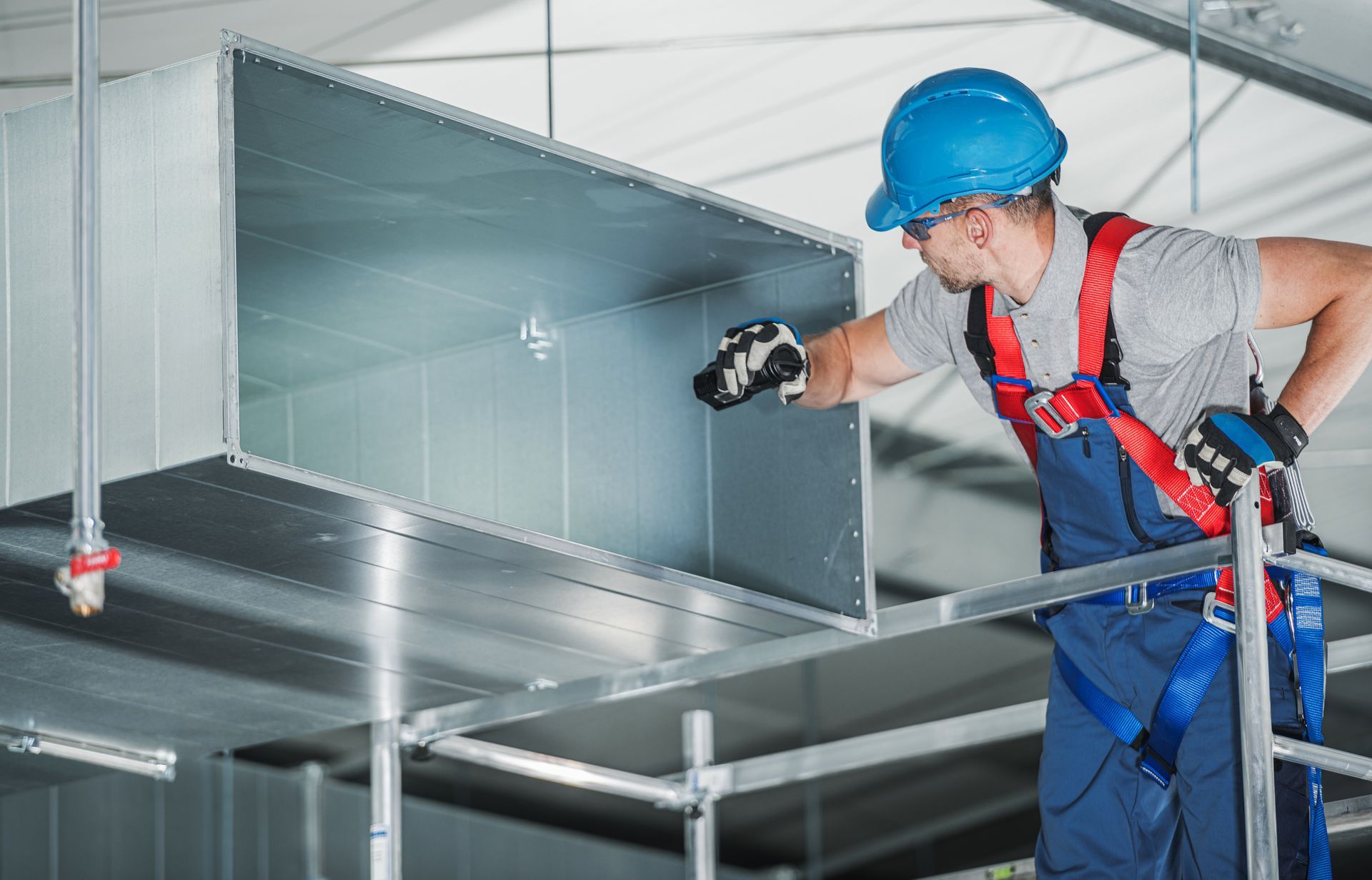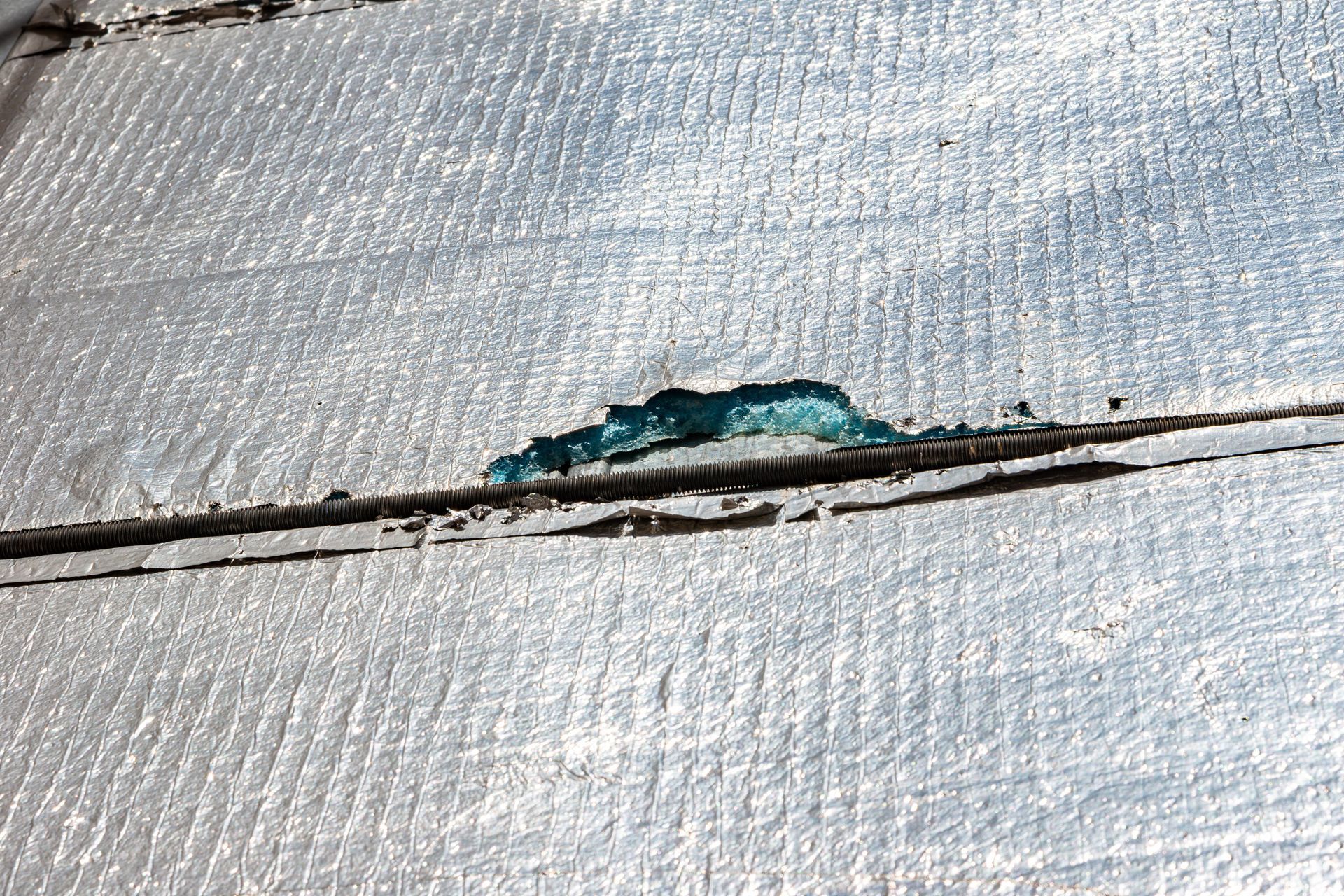Controlling Indoor Air Quality in Sensitive Commercial Facilities
Share
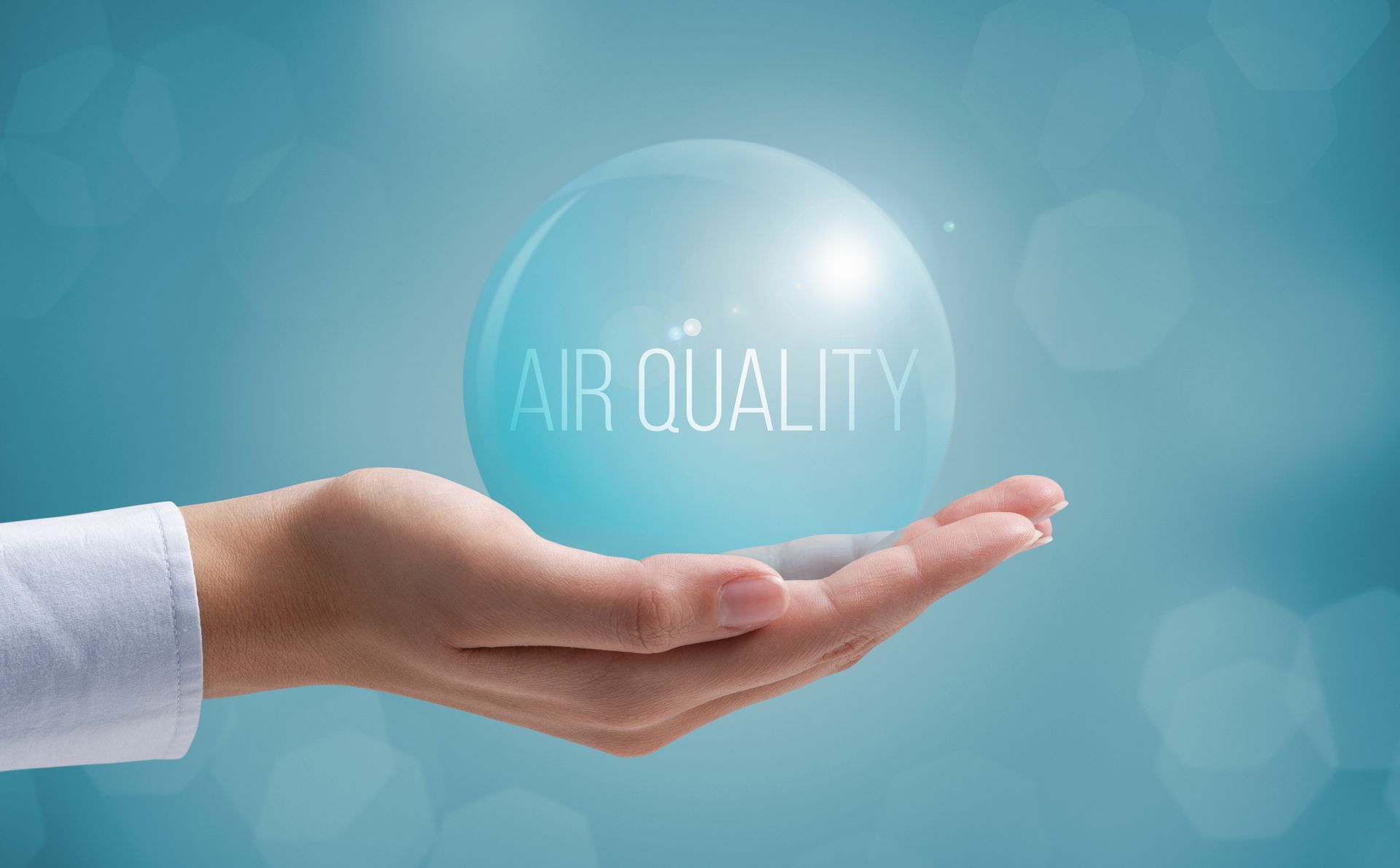
While indoor air quality should be a concern for every commercial facility, it’s not a vital concern in every workplace. Offices should want good air quality to keep employees and visitors happy and healthy, but IAQ isn’t exactly foundational to the work product.
IAQ can be much more important in healthcare facilities, laboratories, food processing plants and many types of industrial buildings where contaminants in the air can compromise safety, damage products and even threaten human health.
Common IAQ Challenges in Sensitive Facilities
Healthcare Settings
Patient health depends on strict air quality control to minimize the spread of airborne pathogens, allergens and irritants. Humidity levels must be balanced to reduce microbial growth while ensuring comfort for patients and staff.
Laboratories and Cleanrooms
Some work areas require ultra-low particulate counts, consistent pressurization and controlled airflow to protect research integrity and sensitive experiments. Even small deviations can ruin test results or contaminate products.
Food Processing Plants
Uncontrolled IAQ can compromise sanitation, leading to microbial growth on surfaces and equipment, shorten the shelf life of food, compromise packaging integrity or exacerbate cross-contamination risks. IAQ issues can lead to failed inspections, production pauses and expensive corrective actions.
Industrial facilities
Dust, fumes, vehicle exhaust and airborne byproducts from manufacturing processes are all common challenges in industrial facilities. Left unchecked, these contaminants can harm employees, damage machinery and create long-term safety concerns.
Core Strategies for IAQ Control
Filtration
Upgraded filters with higher MERV ratings are often required in sensitive spaces. These filters capture finer particulates than standard options, protecting both people and equipment from microscopic contaminants.
Ventilation
Bringing in and conditioning outside air dilutes contaminants that accumulate indoors. Proper ventilation design is especially important in tightly sealed buildings, where recirculated air can otherwise trap pollutants.
Humidity Control
Maintaining the right humidity balance reduces microbial growth, protects sensitive products, and prevents moisture damage to equipment. For healthcare and food processing environments, humidity management is especially critical.
Airflow Management
Pressurization strategies and controlled air circulation ensure contaminants move away from clean or sensitive zones and toward exhaust. Optimized airflow is often essential in labs, cleanrooms and medical facilities.
Retrofitting Existing Systems
Improving indoor air quality doesn’t always require replacing entire HVAC systems. Many facilities can retrofit their existing equipment with targeted upgrades. Some of the options include:
- Moving from standard MERV 8 filters to higher-efficiency filters, such as MERV 13 or HEPA, where airflow allows.
- Installing UV-C light systems inside air handlers to neutralize bacteria, mold spores and viruses as they pass through.
- Adding bipolar ionization units to ductwork to reduce particulates and pathogens.
- For buildings where outdoor ventilation rates are inadequate, a dedicated outdoor air system (DOAS) can be added to supplement fresh air without overloading existing cooling capacity.
Improving Ventilation Balance
IAQ problems often come from how air is distributed, not just how it’s filtered. Adjusting ventilation balance is one way to control contaminant movement in sensitive facilities.
Positive pressure can be created in clean spaces such as labs, surgical areas or packaging rooms, while negative pressure can be used in isolation areas or places where contaminants must be contained.
Retrofitting ductwork with additional dampers or installing variable air volume (VAV) boxes allows facility managers to fine-tune zoning and airflow, reducing the risk of cross-contamination.
Humidity Management Solutions
In food processing plants and sensitive research labs where humidity control is a high priority, retrofitting systems with standalone dehumidifiers or integrating desiccant wheels helps keep moisture levels in check.
In manufacturing facilities or other environments where static electricity risks from low humidity are an issue, adding steam or ultrasonic humidifiers can help ensure dry conditions don’t disrupt operations.
Monitoring and Controls
Even the best equipment upgrades fall short without accurate monitoring. Real-time IAQ sensors measuring CO₂, VOCs and particulates give facility managers clear data on indoor conditions. Connecting those sensors to a building automation system (BAS) allows ventilation rates, filtration and humidity controls to adjust automatically when air quality starts to drift.
This type of control keeps IAQ consistent and provides a record of conditions that can be useful during audits, inspections or client reviews.
Optimize Your Fort Worth or Arlington Facility’s IAQ With the Help of Tom’s Commercial
In DFW, where extreme weather and less-than-perfect air quality put additional strain on HVAC equipment, proactive IAQ management is a must. Don’t wait until a complaint, inspection failure or breakdown forces your hand. Contact Tom’s Commercial today at 817-857-7400 to schedule service or request a consultation.

